https://www.shuriway.co.uk/kimura.html
As I cannot access any reliable Japanese language texts regarding Sensei Kimura’s biography at this time, I cannot confirm any of these facts that appear in English. Certainly, when I trained with him in the 1980s, I had no idea of his past and assumed he had travelled to the UK from Japan. He appears to have left Japan for the White Minority ruled Southern African countries of Zimbabwe, Mozambique and South Africa in the early 1960s, although he eventually left and migrated further to the US. I have written elsewhere (although not on this blog) how US Cold War policy called for the spread of the same Japanese martial culture used in WWII (against the West) throughout the West to negate what was viewed as a possible diasporic Chinese culture sympathetic to ‘New China’ established in 1949. This false economy, if you like (which saw Western governments use domestic taxpayer's money to employ supposed ‘Karate Ambassadors’ from Japan), came crashing down when the US established full diplomatic links with Mainland China in 1979. By 1989 the traditional karate scene in the UK had completely disintegrated. Before 1979, karate classes in the UK would be held using Japanese terms and instructions, but by say 1989, this was already becoming a thing of the past which is non-existent today. One thing I can say is that as far as my experience of Shukokai was concerned, the classes in the UK were always multicultural.
PS: As far as I am aware, the ‘double hip twist’ which Shukokai is famous far was modified by Sensei Kimura. This technique (in its original form) used to involve one side of the hip being pulled back and then forcibly pushed forward to execute a technique (left-hip for left reverse punch for example) - but by the time I was training in Shukokai a basic time-saving guard position had been developed - whereby the hip was already held in the ‘pulled back’ position. Therefore, with the left leg forward, the right hip was already pulled back and ready to go.
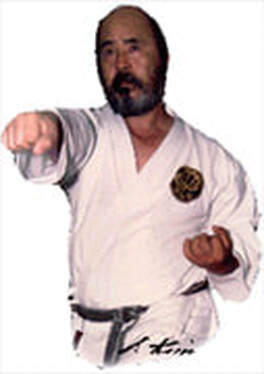
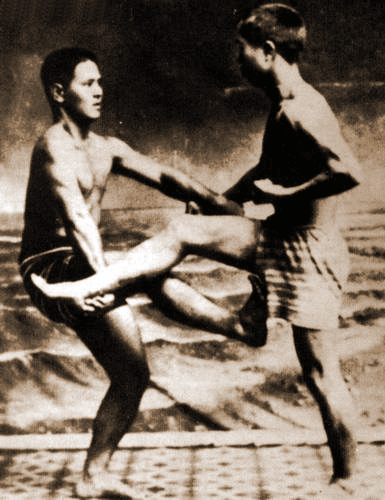
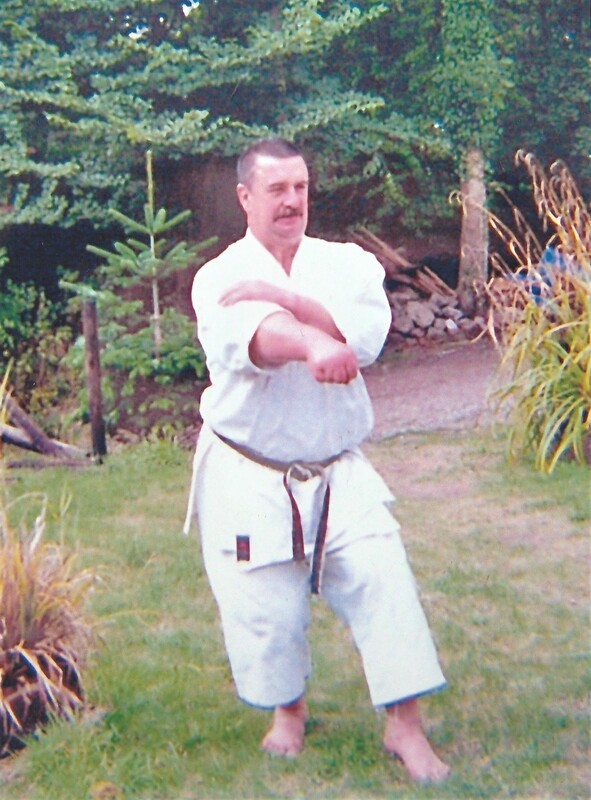
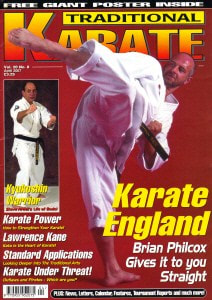
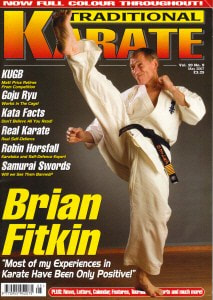
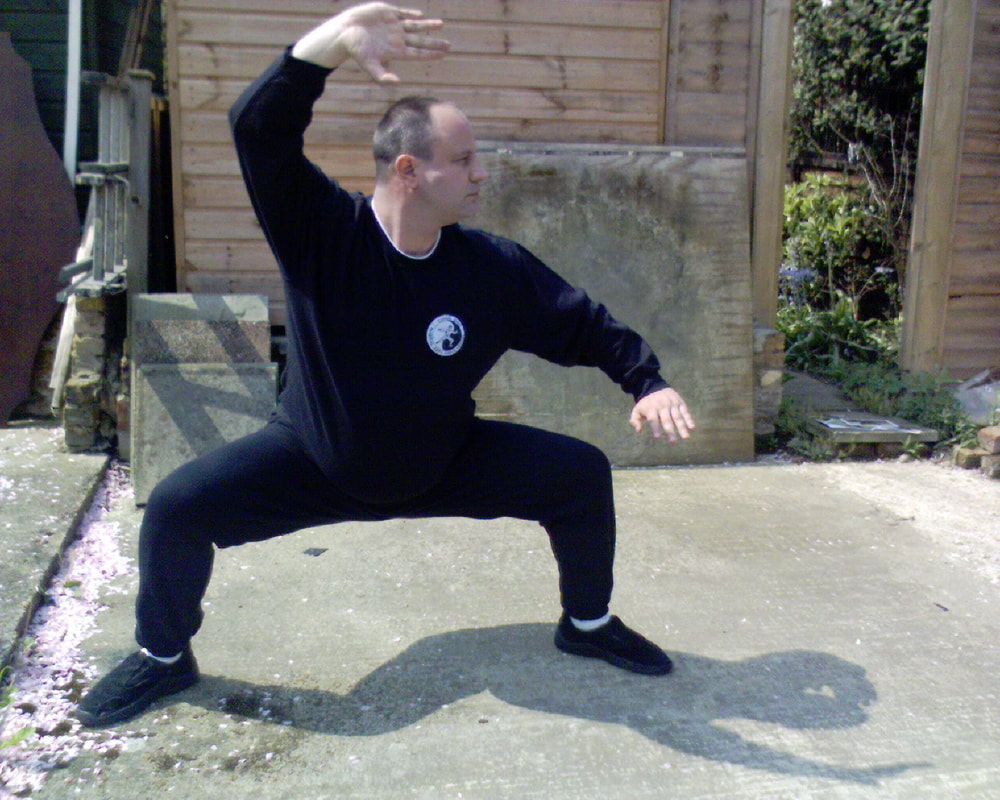
 RSS Feed
RSS Feed